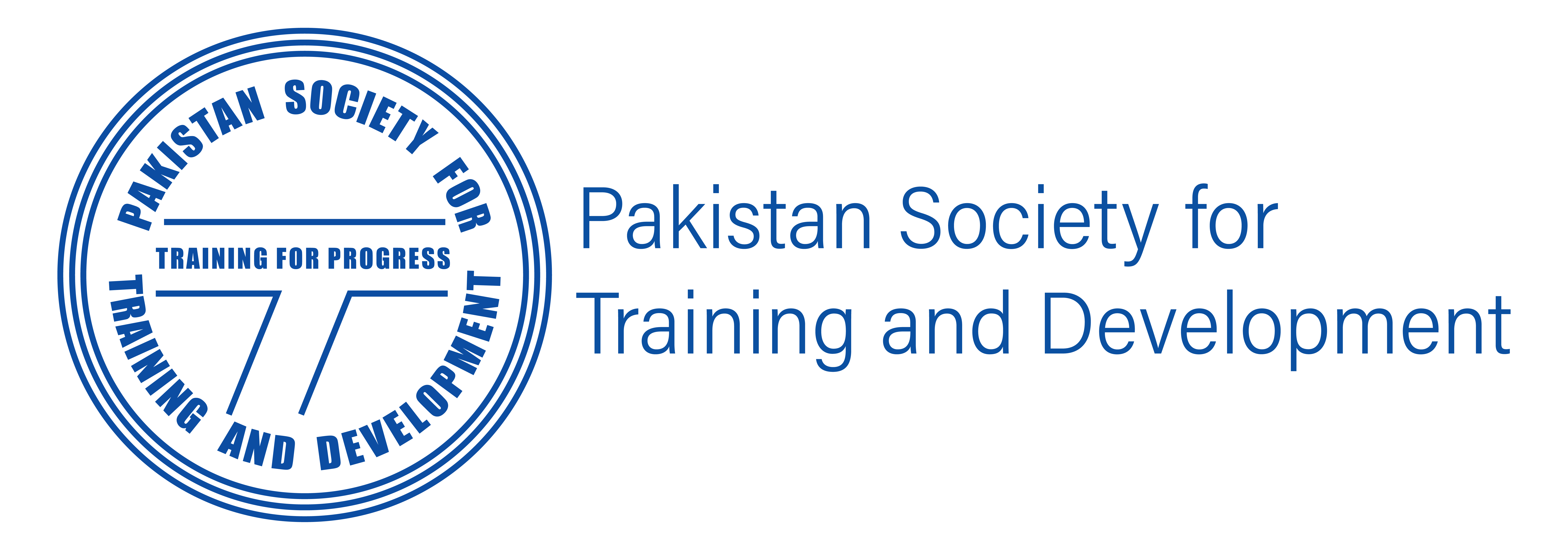Thriving in the Pandemic – Redefining Leadership

by admin
World economic outlook
The global economy will contract 4.9% in 2020, a year-on-year decline of $7.1 trillion in worldwide GDP, expected to close the year at 2018 levels. This is unprecedented. Over the last hundred years, there have been three major shocks to the global economic, social and financial system. This includes the great depression of 1930s, the great recession of 2008 and the Coronavirus Pandemic. COVID-19 is by far the most serious. Its impact will materially more than the two previous put together.
Drilling down further in economic outcomes, the United States GDP will decline 8%, Euro Area contraction is forecast at 10.2%, Japan down by 5.8% and Canada sliding 8.4%. Within Europe, the U.K. will contract 10.2%. Closer to home, ASEAN-5 declines 2%, India goes down 4.5% and China will manage a positive 1% growth.(IMF’s World Economic Outlook,2020) This defines a major economic recession.
The well-coordinated actions of major Central Banks have cushioned the global capital markets, which was imperative to avoid a financial market meltdown. The June 2020 Global Financial Stability Report (GFSR) indicates a rebound sentiment in the financial markets. This is a good omen, but needs to be closely tracked to prevent unexpected troughs.
Leadership imperatives
It is against this economic, market and recessionary backdrop that organizations must move briskly to reimagine their business models. There are four strategic considerations for the new reality. These includerevenue recuperation,reconstructing operations, reimagining the organization, and fast-tracking digital adoption.
- Revenue recuperation
Swiftness matters.It will not be enough for companies to recover revenues gradually as the crisis subsides. To get ahead of the competition, firms will need to fundamentally rethink their revenue profile, to position themselves for the long term.
Startup Mindset. Companies will require action over research, and testing over analysis. Establish a briskpaceto strongly encourage agility and accountability across organizations.
Empathy. Organizations will need to reconsider their operating model based on their people working abilities.
Accelerating digitaland analytics.The COVID-19 crisis has accelerated the shift to digital. However, the winning companies are going further, by enhancing and expanding their digital channels. These firms are successfully using advanced analytics to combine new sources of data, such as satellite imaging, with their own insights. These are resulting in making far more effective decisions while strengthening their customer relationships.
Developing new customerplaybooks. Companies need to understand what customers will value, post-COVID-19, and develop new use cases and tailored experiences based on those insights.
Adaptability. Given crisis-related disruptions in supply chains, channels and logistic patterns, adaptability is essential. That will mean changing the ecosystem and considering un-conventional collaborations with partners throughout the supply chain. (Surviving and Thriving, Mckinsey 2020)
Reconstructing operations
The pandemic has radically changed demand patterns for products and services across sectors, while exposing points of fragility in supply chains and service networks. At the same time, it has been striking how fast many firms have adapted, creating radical new levels of visibility, agility, productivity, and end-customer connectivity. Now leaders are asking themselves: How can we sustain this performance? As operations leaders seek to reinvent the way they work and thus position themselves for the next norm, three themes are emerging.
Building operating resilience. Building operations resilience. Successful companies will redesign their operations and supply chains to protect against a wider and more acute range of potential shocks. In addition, they will act quickly to rebalance their global asset base and supplier mix. The once-prevalent global-sourcing model in product-driven value chains has steadily declined as new technologies and consumer-demand patterns encourage regionalization of supply chains. We can expect this trend to accelerate.
Accelerating end-to-end value chain digitization. Creating this new level of operations flexibility could be expensive, in both time and resources. The good news, however, is that leading innovators have demonstrated how ‘Industry 4.0’(or the Fourth Industrial Revolution suite of digital and analytics tools and approaches) can significantly reduce the cost of flexibility. In short, low-cost, high-flexibility operations are not only possible—they are taking place. Most companies were already digitizing their operations before the coronavirus hit. If they accelerate these efforts now, they will likely see significant benefits in productivity, quality, and end-customer connectivity.
Embracing the future of work. The future of work, defined by the use of more automation and technology, was already coming in material ways. COVID-19 has accelerated the pace. Employees across all functions, for example, have learned how to complete tasks remotely, using digital communication and collaboration tools. In operations, changes will go further, with an accelerated decline in manual and repetitive tasks and a rise in the need for analytical and technical support. This shift will call for substantial investment in workforce engagement and training in new skills, much of it delivered using digital tools.
Re imagining the organization
In 2019, a leading retailer was exploring how to launch a curbside-delivery business – the plan stretched over 18 months. When the COVID-19 lockdown hit the United States, it went live in two days. There are many more examples of this kind in China, EU, Japan, South Korea, and New Zealand.
In the intensity of the coronavirus crisis, organizations have been forced to work in new ways, and they are responding. Much of this progress comes from shifts in operating models. Clear goals, focused teams, and rapid decision making are replacing corporate bureaucracy. As the world begins to move into the post-COVID-19 era, leaders must commit to not going back. The way in which they rethink their organizations will go a long way in determining their long-term competitive advantage.
Specifically, they must decide who they are, how to work, and how to grow.
Organizations are also showing a more holistic appreciation for matching the right talent, regardless of hierarchy, to the most critical challenges. In an environment with strong cost pressures, successful leaders will see the value in continuing to simplify and streamline their organizational structures. Experience has shown a better way, with critical roles linked to value-creation opportunities and leadership roles that are much more fluid, with new leaders emerging from unexpected places: the premium is placed on character and results, rather than on expertise or experience.
Accelerate digital adoption
Since the end of 2019, there has been a transformation in the way we interact with our loved ones, do our work, travel, get health care, spend leisure time, and conduct many of the routine transactions of life. These changes have accelerated the migration to digital technologies at stunning scale and speed, across every sector. The world is witnessing what will surely be remembered as a historic deployment of remote work and digital access to services across every sector and domain. Through the COVID-19 recovery and beyond, digital will play a defining role.
During the early recovery period of partial reopening, business leaders are facing some fundamental challenges. To address these challenges, they will need to set an ambitious digital agenda—and deliver it quickly, on the order of two to three months, compared to the previous norm of several years.
It is an exciting time for leaders who understand, accept, and are willing to lead this change. They will visibly demonstrate imagination, leadership, and on-the-field execution.
These are overarching qualities, as they consider how to navigate the post-COVID-19 environment. Business, as usual, will not be nearly enough.The game has changed too much. But by reimagining how they recover, operate, organize, and use technology, organizations can set the foundations for enduring success.The inability to do so will exact existential risks, which are lucidly clear in the first seven months of this marathon.

Aamir Niazi
Chairman
PMEA
The writer is the Chairman of the PMEA Governing Board, member of the Nobel Sustainability Trust (Pakistan Chapter) and serves on the PSTD board.
Recommended Posts

Self-Awareness – Metacognition: Fundamental Basis Of Emotional Intelligence & How To Cultivate It
December 8, 2020

Stories Prepare You to Act
October 29, 2020

Believe the Unthinkable Is Possible: A Q&A With Ben Nemtin
October 29, 2020

